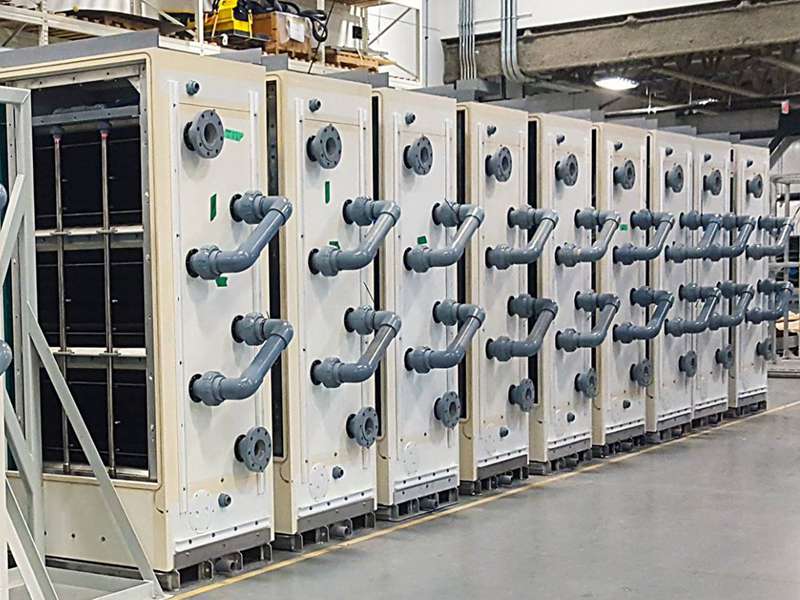
-
 Afrikaans
Afrikaans -
 Albanian
Albanian -
 Amharic
Amharic -
 Arabic
Arabic -
 Armenian
Armenian -
 Azerbaijani
Azerbaijani -
 Basque
Basque -
 Belarusian
Belarusian -
 Bengali
Bengali -
 Bosnian
Bosnian -
 Bulgarian
Bulgarian -
 Catalan
Catalan -
 Cebuano
Cebuano -
 China
China -
 China (Taiwan)
China (Taiwan) -
 Corsican
Corsican -
 Croatian
Croatian -
 Czech
Czech -
 Danish
Danish -
 Dutch
Dutch -
 English
English -
 Esperanto
Esperanto -
 Estonian
Estonian -
 Finnish
Finnish -
 French
French -
 Frisian
Frisian -
 Galician
Galician -
 Georgian
Georgian -
 German
German -
 Greek
Greek -
 Gujarati
Gujarati -
 Haitian Creole
Haitian Creole -
 hausa
hausa -
 hawaiian
hawaiian -
 Hebrew
Hebrew -
 Hindi
Hindi -
 Miao
Miao -
 Hungarian
Hungarian -
 Icelandic
Icelandic -
 igbo
igbo -
 Indonesian
Indonesian -
 irish
irish -
 Italian
Italian -
 Japanese
Japanese -
 Javanese
Javanese -
 Kannada
Kannada -
 kazakh
kazakh -
 Khmer
Khmer -
 Rwandese
Rwandese -
 Korean
Korean -
 Kurdish
Kurdish -
 Kyrgyz
Kyrgyz -
 Lao
Lao -
 Latin
Latin -
 Latvian
Latvian -
 Lithuanian
Lithuanian -
 Luxembourgish
Luxembourgish -
 Macedonian
Macedonian -
 Malgashi
Malgashi -
 Malay
Malay -
 Malayalam
Malayalam -
 Maltese
Maltese -
 Maori
Maori -
 Marathi
Marathi -
 Mongolian
Mongolian -
 Myanmar
Myanmar -
 Nepali
Nepali -
 Norwegian
Norwegian -
 Norwegian
Norwegian -
 Occitan
Occitan -
 Pashto
Pashto -
 Persian
Persian -
 Polish
Polish -
 Portuguese
Portuguese -
 Punjabi
Punjabi -
 Romanian
Romanian -
 Russian
Russian -
 Samoan
Samoan -
 Scottish Gaelic
Scottish Gaelic -
 Serbian
Serbian -
 Sesotho
Sesotho -
 Shona
Shona -
 Sindhi
Sindhi -
 Sinhala
Sinhala -
 Slovak
Slovak -
 Slovenian
Slovenian -
 Somali
Somali -
 Spanish
Spanish -
 Sundanese
Sundanese -
 Swahili
Swahili -
 Swedish
Swedish -
 Tagalog
Tagalog -
 Tajik
Tajik -
 Tamil
Tamil -
 Tatar
Tatar -
 Telugu
Telugu -
 Thai
Thai -
 Turkish
Turkish -
 Turkmen
Turkmen -
 Ukrainian
Ukrainian -
 Urdu
Urdu -
 Uighur
Uighur -
 Uzbek
Uzbek -
 Vietnamese
Vietnamese -
 Welsh
Welsh -
 Bantu
Bantu -
 Yiddish
Yiddish -
 Yoruba
Yoruba -
 Zulu
Zulu
frp chemical tank
Understanding FRP Chemical Tanks Benefits and Applications
Fiber Reinforced Plastic (FRP) chemical tanks have become an integral component in various industries due to their remarkable properties and advantages over traditional materials. These tanks are primarily designed for the storage and transportation of chemicals, offering a robust solution that is both cost-effective and durable.
One of the standout features of FRP tanks is their exceptional resistance to corrosion. In many industries, chemicals can be highly corrosive, potentially damaging storage facilities made from metal or concrete. FRP, composed of a plastic matrix reinforced with fibers (usually glass or carbon), exhibits a high resistance to a wide range of chemicals, including acids, alkalis, and solvents. This characteristic significantly reduces the risk of leakage and contamination, making FRP an ideal choice for chemical storage.
Understanding FRP Chemical Tanks Benefits and Applications
Another key benefit of FRP chemical tanks is their versatility in design and size. They can be manufactured in various shapes and sizes to meet specific storage needs. This adaptability enables companies to tailor solutions according to their operational requirements, whether they need a small tank for minimal storage or a large, specialized unit for extensive chemical inventory.
frp chemical tank

Moreover, FRP tanks provide excellent thermal insulation properties. Certain industries, such as pharmaceuticals and food processing, require strict temperature control during the storage process. The insulating qualities of FRP help maintain the internal temperature, preventing heat transfer that could adversely affect chemical quality.
From an environmental perspective, FRP tanks are more sustainable than their metal counterparts. The production process of FRP is less energy-intensive, and the tanks themselves can be designed to be more environmentally friendly by incorporating recyclable materials. Furthermore, with their longer lifespan and lower maintenance requirements, FRP tanks contribute to reduced waste over time, aligning with global sustainability goals.
In terms of cost-effectiveness, while the initial investment in FRP tanks may be higher than that of traditional materials, the long-term savings realized from reduced maintenance, longer lifespan, and lower risk of environmental hazards make them a prudent choice. Companies that opt for FRP chemical tanks inevitably enjoy fewer disruptions due to leaks or structural failures, which can often lead to costly operational downtimes.
In conclusion, FRP chemical tanks represent a forward-thinking solution for industries reliant on chemical storage. Their corrosion resistance, lightweight nature, design versatility, thermal insulation properties, and sustainability make them an exemplary choice for modern operations. As industries continue to evolve, the adoption of advanced materials like FRP is likely to increase, paving the way for safer and more efficient chemical handling practices. Whether in manufacturing, pharmaceuticals, or environmental management, FRP tanks stand out as a responsible and effective choice in ensuring that chemical storage is both secure and efficient.
Latest news
-
High-Quality Mandrels and Molds for Precision ManufacturingNewsJul.26,2025
-
High-Performance Fans, Dampers & Demisters for Industrial SolutionsNewsJul.25,2025
-
High-Quality Fittings for Plumbing, HVAC & Industrial NeedsNewsJul.24,2025
-
High-Performance Clarifiers & Settlers for Water Treatment PlantsNewsJul.23,2025
-
High-Quality Fittings for Plumbing & Industrial Use | Durable and ReliableNewsJul.22,2025
-
Durable Corrosion-Resistant Dual Laminate Products | Industry SolutionsNewsJul.21,2025









